Muskmelon
Gummy Stem Blight
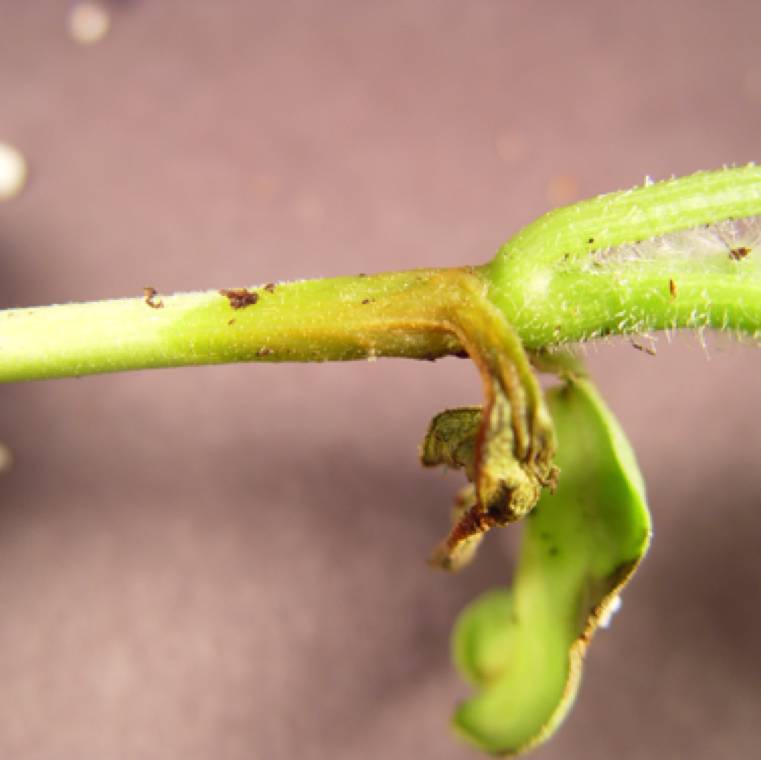
Didymella bryoniae
Fungal Disease
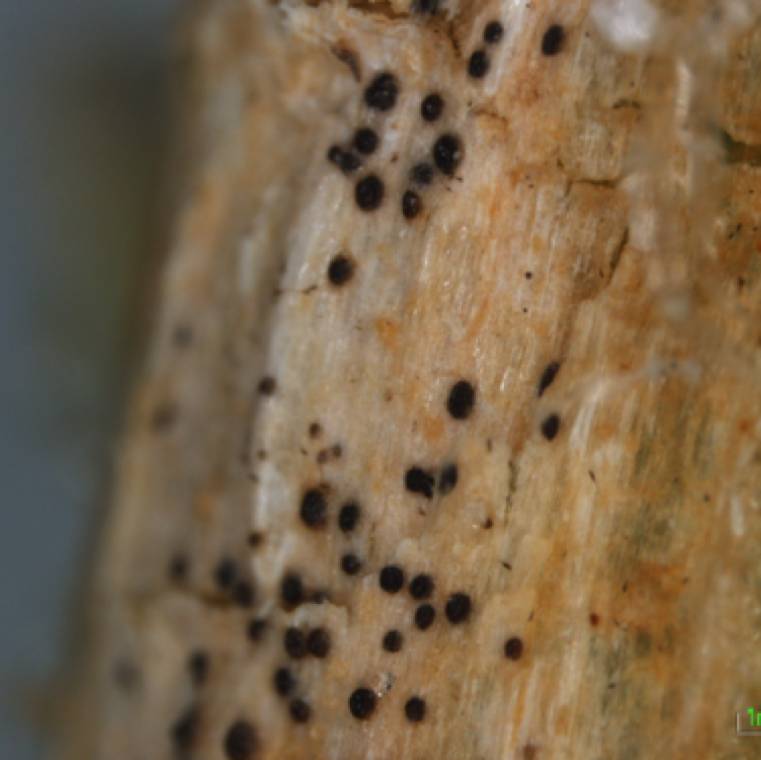
Didymella bryoniae
Fungal Disease
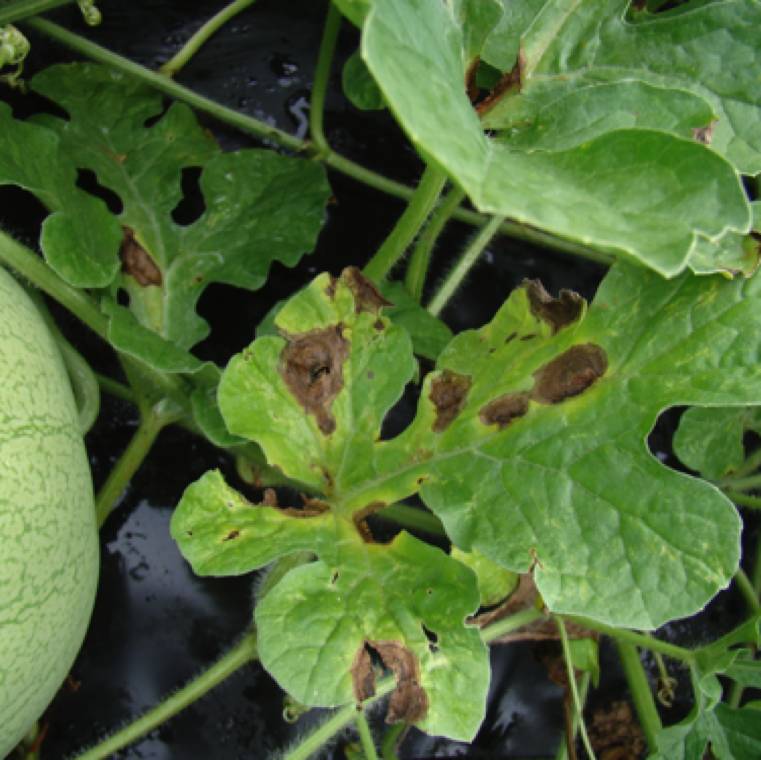
Didymella bryoniae
Fungal Disease

Didymella bryoniae
Fungal Disease

Didymella bryoniae
Fungal Disease
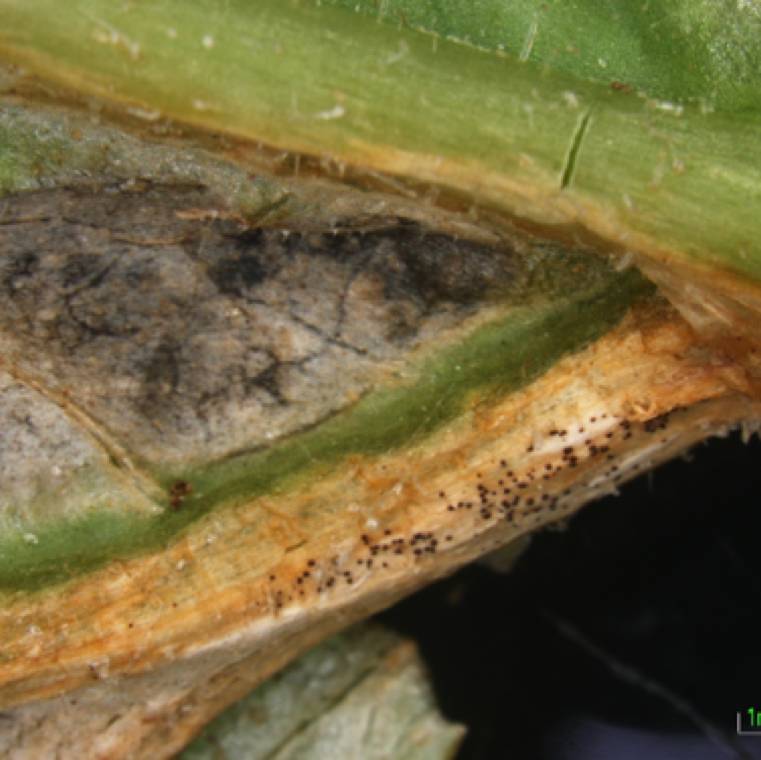
Didymella bryoniae
Fungal Disease
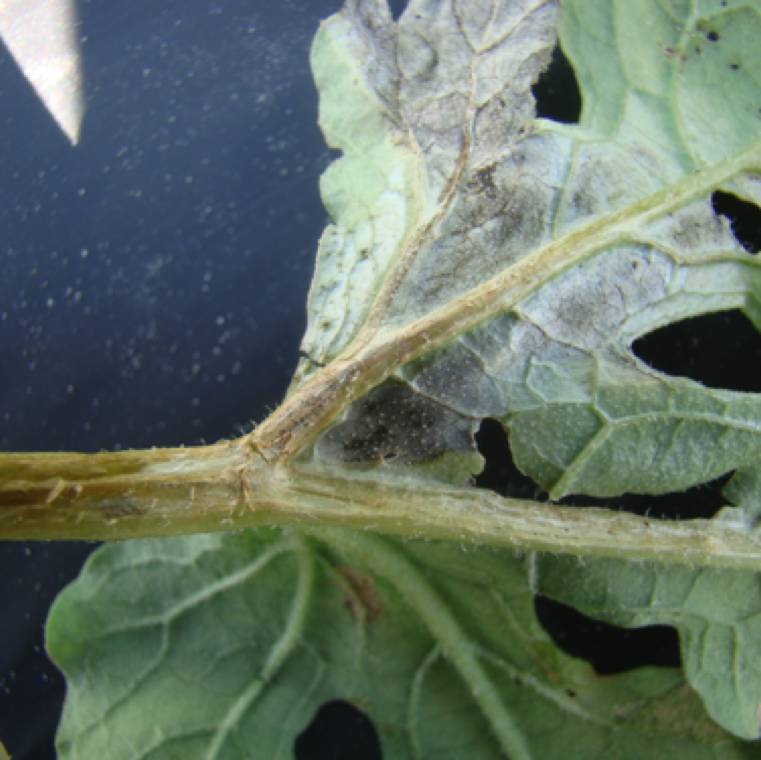
Didymella bryoniae
Fungal Disease
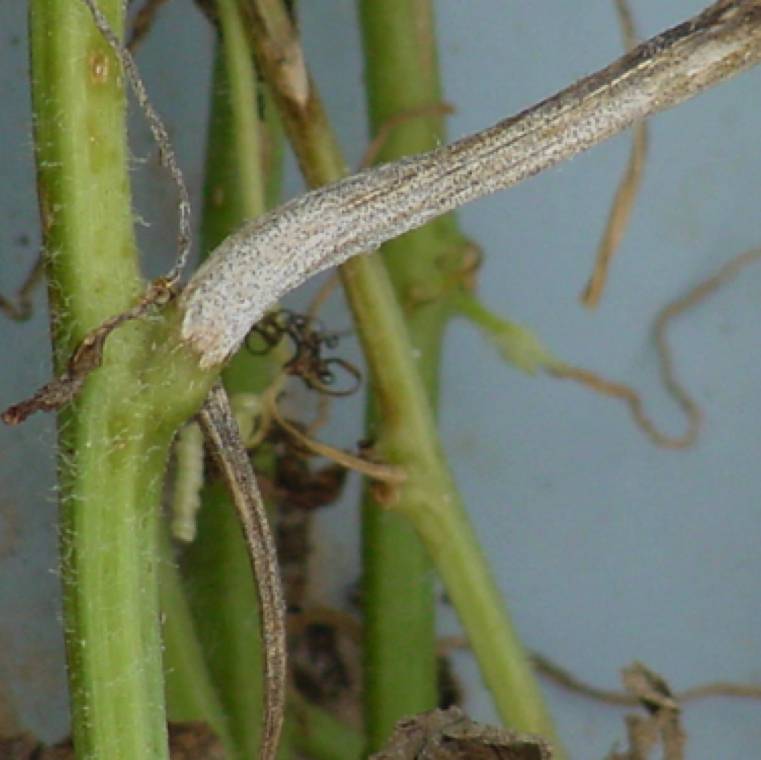
Didymella bryoniae
Fungal Disease
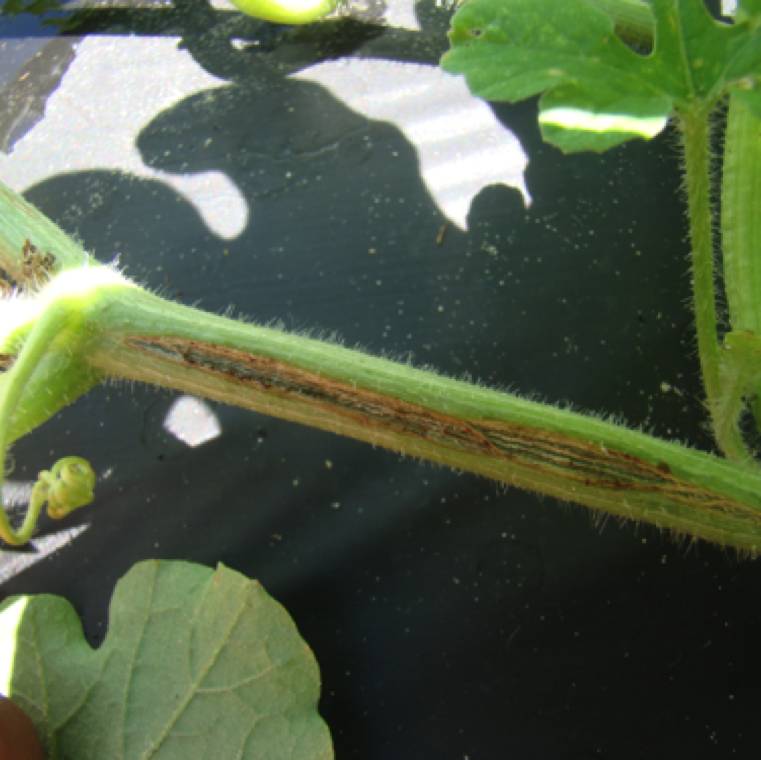
Didymella bryoniae
Fungal Disease
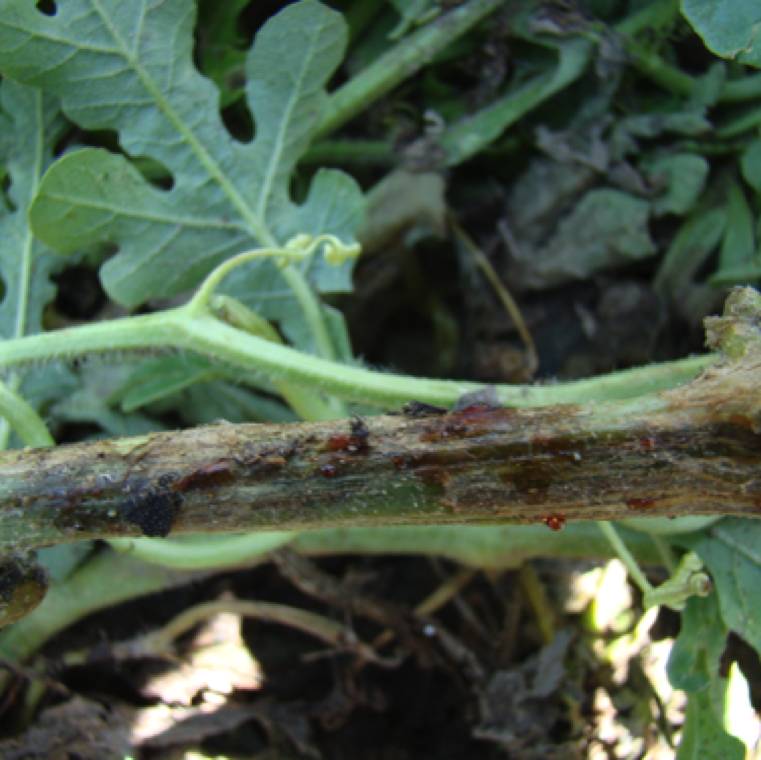
Didymella bryoniae
Fungal Disease
Gummy stem blight is a significant fungal disease affecting watermelon and muskmelon, leading to substantial production losses, particularly in warm and wet conditions. It can impact plants both before and after transplanting, and early detection is crucial to minimize its spread.
Symptoms:
- Transplant Symptoms: Gummy stem blight can infect transplants, often due to contaminated seed or poor sanitation in greenhouses. Early symptoms include water-soaked stems and wilting, which can result in plant death if untreated.
- Leaf Spots and Yellowing: Early signs of infection include light- to dark-brown necrotic spots and leaf yellowing. On watermelon, necrotic regions are round or oval, forming circular patterns in areas where moisture retention is high.
- Rapid Disease Spread: Under ideal conditions, necrotic spots on watermelon leaves can merge within a few days, leading to extensive leaf necrosis. This rapid spread severely impacts the plant's ability to photosynthesize.
- Muskmelon Symptoms: The disease presents similarly on muskmelon, with lesions starting as small yellow spots that turn into brown, round, or irregularly shaped necrotic lesions. These spots can coalesce, forming large blighted areas on the leaves, further reducing photosynthesis.
- Black Fruiting Bodies: A telltale sign of gummy stem blight is the presence of black fruiting bodies (pycnidia, perithecia, or pseudothecia) on infected leaves and vines. These structures aid in confirming the diagnosis of the disease and are commonly seen on watermelon vines during active infection.
Spread and Impact:
Gummy stem blight thrives in warm, wet environments and can spread rapidly, especially in fields with poor air circulation and high moisture levels. The black fruiting bodies that appear on leaves and vines during infection release spores, making disease management difficult. Once the pathogen is established, it causes extensive damage to foliage, leading to a reduction in photosynthesis and overall plant vigor.
Effective management involves early detection, maintaining good sanitation practices, and applying fungicides to reduce the disease's spread. Regular monitoring is crucial to prevent gummy stem blight from severely impacting yield.




